FEATURE: Investigating Supercars hybrid future
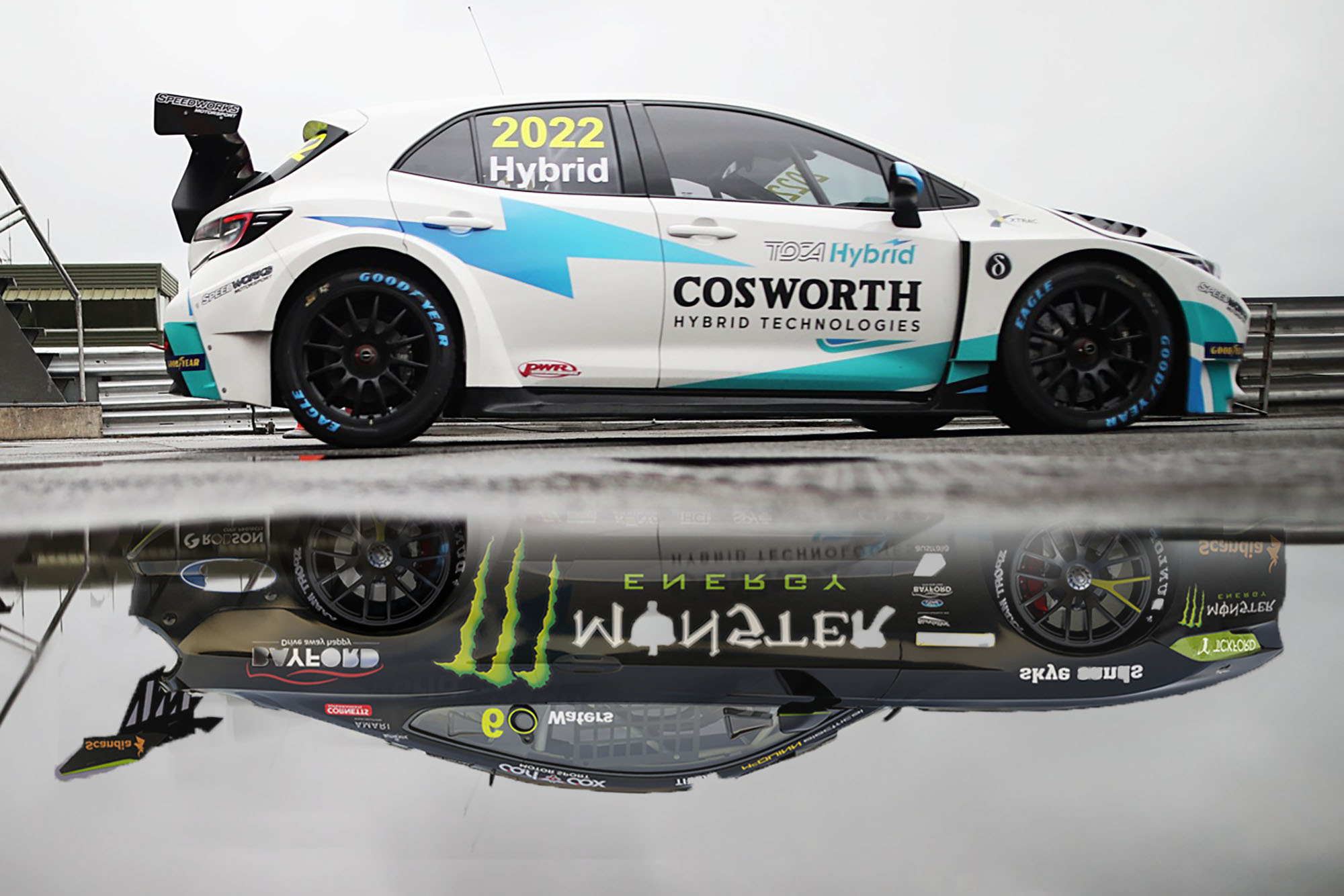
‘HYBRID’. It’s the fun keyword used by motoring and marketing marketing experts in a bid to add a layer of ‘green’ into an industry that in the past has been decidedly not.
As part of Supercars’ impending rules re-set, adding hybridity to the next-generation of Aussie tourers has already been discussed. DALE RODGERS assesses its chances and ponders if Supercars should mirror what is going on in the rest of the racing world – or go their own way?
2022 looms as a year with some of the most significant changes ever seen in world motor sport. In Australia, the long-awaited Gen 3 spec Supercar will be launched pitting the Chev Camaro up against Ford’s iconic Mustang. Fans have already been promised that the Mustang will indeed look like a Mustang and we can only assume ditto for Chevy’s Muscle Car Camaro.
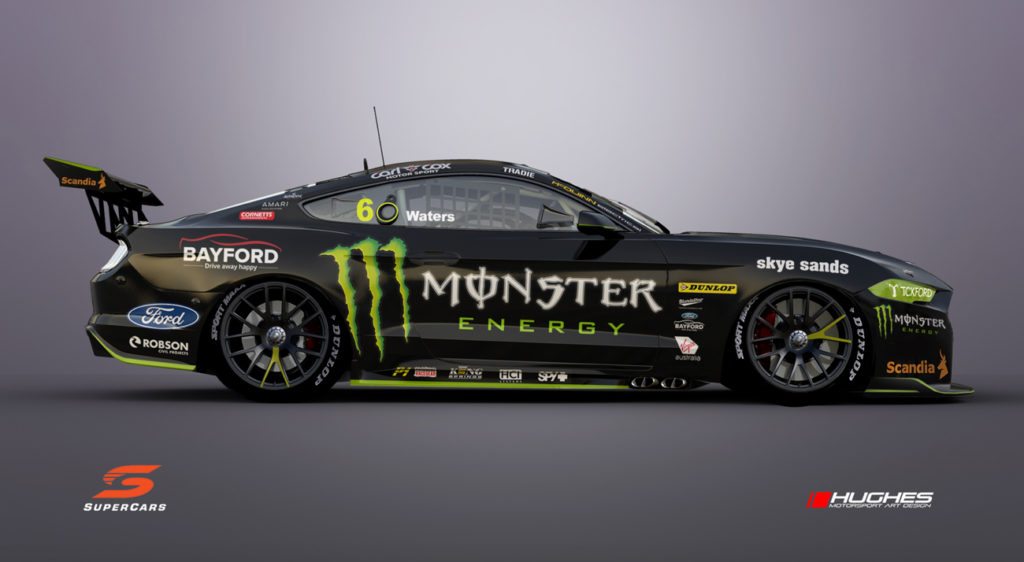
Whilst it is the biggest single change to our domestic series since the introduction of the COTF in 2012, the cars are still to be seen only nine months out from a new season. Latest timelines indicate a protype Camaro on track by June / July with and official launch of both cars at October’s Repco Bathurst 1000. A busy year ensues for all the current Supercars teams Holden (read: Chev) and Ford with a huge transition program ahead of them. Large questions over engine supply and development still loom large amongst a raft of other questions.
On the global scene we will see the new Formula 1 rules come in next season after being delayed due to the pandemic. It is a major aero and visual change to the current breed of cars, but a retention of the current 700bhp Turbo engines and a further 300bhp delivered by two Hybrid powerplants remains in place. New Hypercars and the USA-based DHL2 emerging in the WEC highlights massive change in the Sports Car Ranks.
Of particular interest to Australia is the development of Touring Car Racing, a Hybrid BTCC car and even more surprising a Hybrid plan for NASCAR. Not to mention a fully electric FIA Rallycross formula.
What this proves is that no matter what our fans think and debate vigorously on Social Media platforms, Motor Sport is changing and electrification or new forms of power plants are an inevitable consequence of this change.
But the main interest in Australia is the future of Supercars. As part of the official announcement of Gen 3 in October 2020, CEO Sean Seamer and Gen 3 lead John Casey both referred to a hybrid future in Supercars. Whilst the cars will continue to be V8 powered, the Gen 3 chassis has been noted as ‘hybrid ready’.
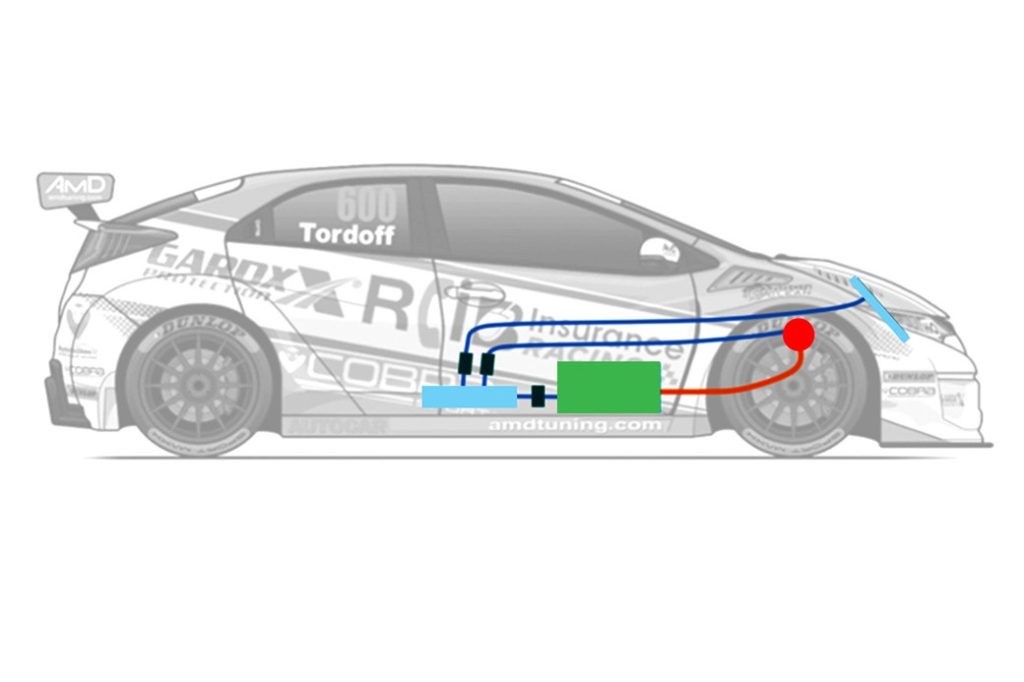
“In terms of what will actually be there from Day 1, our existing transaxle, which will carry over to the Gen3 car, already has the capability to accept a motor regenerator,” said John Casey at the official launch.
“In the front part of the chassis, there’s a cavity designed into the shape that in the renders accommodates the exhaust. But it also has the capacity to accommodate a substantial battery pack.”
Supercars is yet to announce any official policy on how hybridisation might be used, however Casey says his preference is an on-track application, such as push-to-pass.
“I can give you an opinion, but it’s not our policy,” he said.
“The options are you could use the electric power in the pits, you could use it as a compliment to your internal combustion engine delivering power all the time, or you could use it in a push-to-pass context.
“For me, the first option doesn’t really show the benefits of hybridisation. I think it would be either topping up the overall power of the car or having it available as a push-to-pass, or some combination of those” Casey explained. “For example, if there was 100 horsepower of electric power, 50 of it could always be available, 50 could be available push-to-pass.
“In terms of what will actually be there from Day 1, our existing transaxle, which will carry over to the Gen3 car, already has the capability to accept a motor regenerator.”
– Supercars’ Gen III chief, John Casey.
“We don’t yet have a view or a policy. Equally, it may not happen [at all]. But it would be unlikely not to,” he said.
However, if, and more likely when it is introduced, Casey says it’s important the electric component is significant in terms of its power output.
“I think that, whatever the electric component ends up delivering, I think it needs to be substantial,” he said.
“It won’t be a trivial amount of additional power. You have an obligation, if you’re describing your power train as being hybridised, for the electric component to be a material contribution to the overall power.”
On the other side of the globe, BTCC supremo Alan Gow confirmed back in August 2018 that a Hybrid program would be developed for the ever-growing British series.
Just over 2 years later a Cosworth-developed, Speedworks-prepared BTCC Toyota Yaris driven by veteran Darren Turner turned a wheel at Snetterton. The target set for the Hybrid car was to deliver 40bhp for 15 seconds. As well as giving drivers extra power, the hybrid system will also replace BTCC’s often-controversial ‘success ballast’, where doing well in one race means you carry a heavier load in the next.
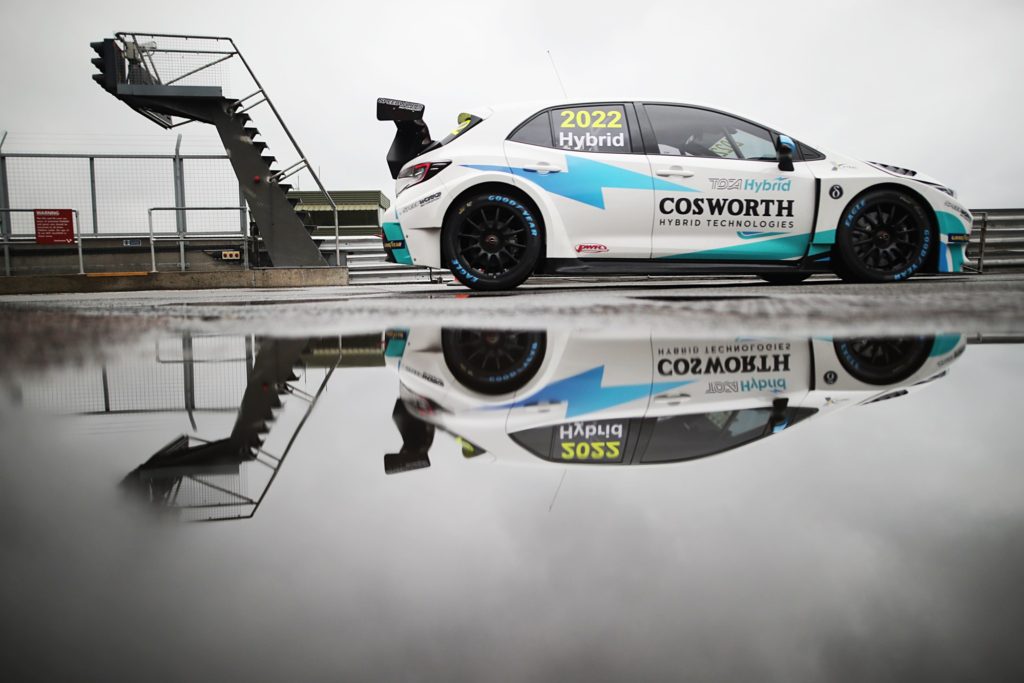
PIC: BTCC / Cosworth
Alan Gow, BTCC Chief Executive, said: “It’s an extremely proud moment for everyone involved in the BTCC and the TOCA Hybrid project itself. The BTCC was the first major touring car series to confirm its intentions and pathway for introducing hybrid technology and this is clearly another hugely significant milestone as part of that.
“This is obviously just the start of the extensive programme ahead, prior to the full introduction of hybrid technology into the BTCC in 2022, but Cosworth, Speedworks and all of the technical partners involved should be congratulated for the professionalism, expertise and efficiency shown,”
Cosworth’s motorsport programme manager, Tom Brown, says the advantages of hybridisation will include more power, better performance and closer racing. And, crucially, it’s not wildly expensive, unlike some of the hybrid systems seen in F1 and endurance racing.
“In LMP1 the budgets were astronomical – over and above what people were spending in F1,” Brown said.
“The hybrid system that we are leasing to every BTCC team is £20,500 per kit per season. It is the first [motorsport] hybrid system that’s cost-effective.”
The fact that the program for BTCC took two years from announcement to initial test, even considering the effect that CoVid-19 has had on motorsport, is a guide to what may happen should Supercars announce a Hybrid development as the next stage of Gen 3.
The other, and arguably more surprising announcement came from the other side of the Atlantic when NASCAR released its intention to introduce Hybrid power to the series. Given that NASCAR only moved from carburettors to fuel injection in 2012, a move to Hybrid is a massive leap.
It is fair to say that the stakes for NASCAR in such a move are enormous.
With dwindling TV and crowd attendances, NASCAR is working hard to engage a new generation of fans while maintaining ties with the loyal ones who remain. Dabbling with the appeal and noise of the 5.8 litre V8 engine, which is embedded in NASCAR’s DNA, is a high-risk strategy.
However, the three main investors in the sport, Ford, Chevrolet and Toyota have all pushed the NASCAR hierarchy to bring this hybrid technology change to fruition.
“The sound of the vehicle is going to remain the same, for all intents and purposes,” NASCAR President Steve Phelps said.
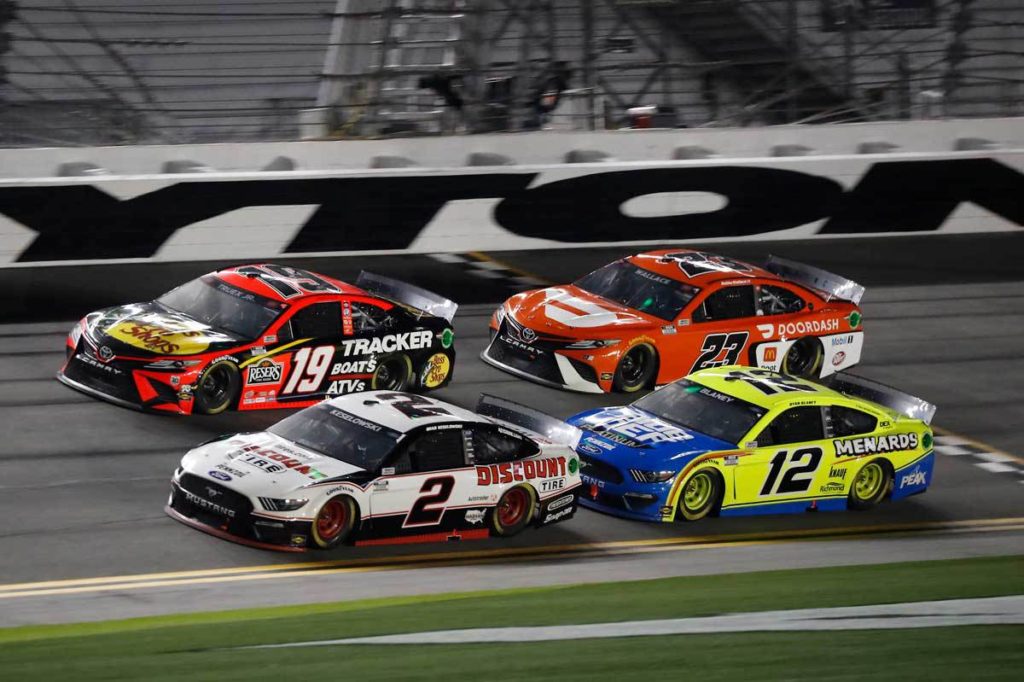
That will make the arrival of hybrid technology to NASCAR more symbolic than substantive — for now. But the manufacturers see benefits. With a hybrid component, the cars will be closer to the more fuel-efficient and hybrid models that automakers are adding to their portfolios. Ford is introducing an all-electric, zero-emission 2021 Mustang Mach-E. By 2025, Toyota plans to offer a hybrid, electric or fuel-cell version of every vehicle in its fleet. GMH has recently announced that they aim to have all cars produced by alternatives to petrol and diesel by 2035.
But will it attract younger fans or alienate the hard core? NASCAR believes that showcasing even limited hybrid technology might help a new fan base who insist on driving hybrid or electric cars, if they drive at all.
“These are important things for the future of our sport,” Phelps said. “We have a mission to get younger and more diverse. It does not mean we are going to abandon our core fans. We will not do that.”
Every category in motorsports around the globe are facing the same issues at a board and technical level.
Supercars will watch with interest the developments of these categories who have embarked on this journey as it is only now a matter of time that the Hybrid era will arrive in Australia’s premier category.







